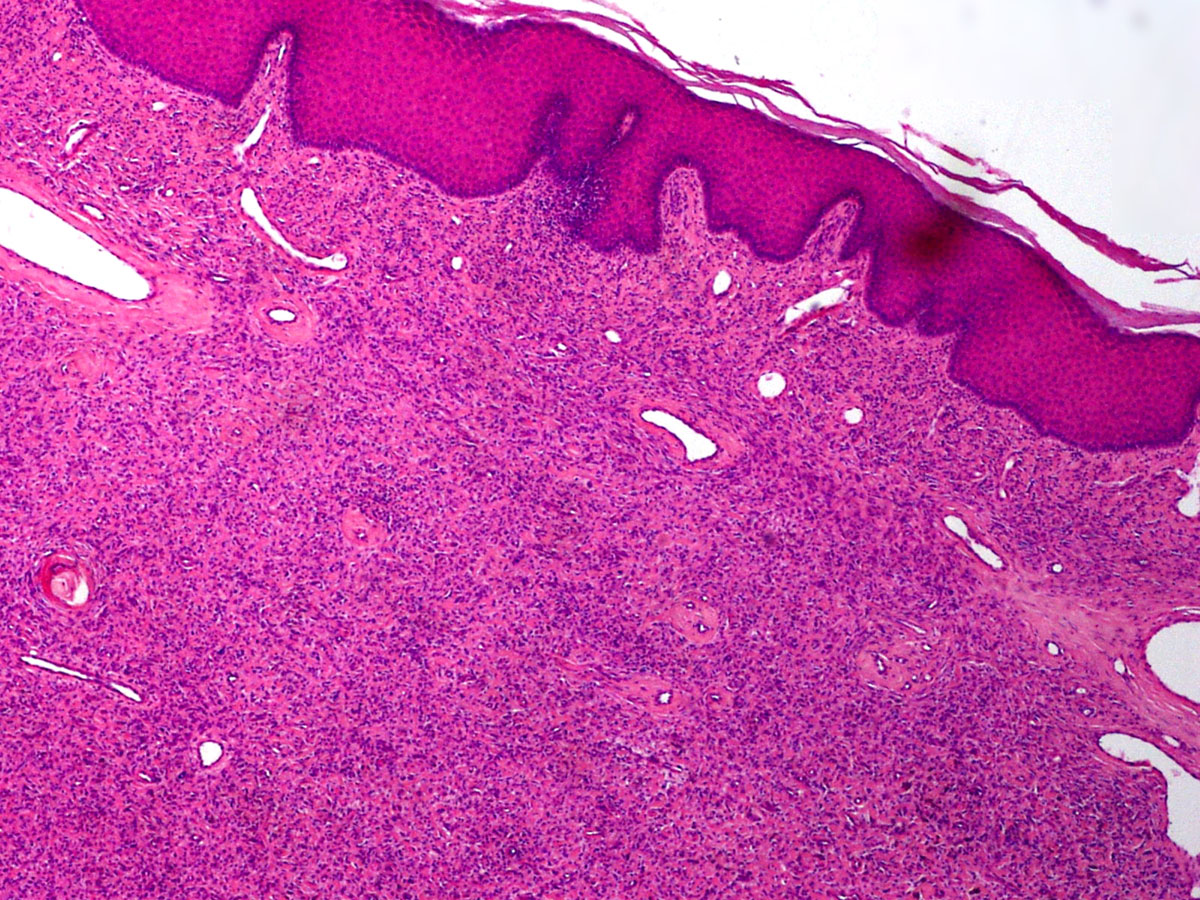
A dermatofibroma is a benign growth that affects the skin. The very tumor features with epidermal thickening and hyperpigmentation. This is why the color of a dermatofibroma is light tan to dark brown. The tumor is usually small, up to 5 mm in diameter and slightly elevated. It is also hard to touch. Even though the tumor may affect each and every part of the body it predominantly occurs on the legs. The least affected sites are the palms and soles.
Dermatofibroma may affect people of all ages. Still it most commonly develops in young adulthood and is more frequent among women. It is estimated that 20% of all dermatofibromas occur prior the age of 17.
The actual cause of dermatofibroma has not been identified yet. What scientists do know is that dermatofibroma develops as a consequence of overgrowth of fibrous tissue located between the epidermis and dermis. The tumor is located in the dermis and it contains spindle-shaped histiocytes and collagen.
Dermatofibroma Symptoms
Dermatofibroma is typically in a form of a hard round lump. The tumor is red-brown in color. The affected area and the skin lesion may be itchy and tender to touch. On the other hand, some dermatofibromas are painless. The affected area may also features with dimpling. A person may suffer from a single tumor or there may be multiple dermatofibromas. The tumor develops gradually.
Diagnosing Dermatofibroma
Dermatofibroma can be easily diagnosed by a well experienced medical professional. The very appearance of the tumor may be helpful in setting of the diagnosis. But definitive confirmation can be only achieved after pathohistological examination of the resected tumor or a sample obtained during biopsy.
Dermatofibroma Treatment
The very tumor does not require treatment until it starts to bother patient, cause discomfort or cause aesthetic problems. The tumor may, for example, be irritated by clothing. Dermatofibroma never withdraws spontaneously. Fortunately, since this is a benign tumor that will never transform into a malignant form and this is why it does not require a prompt removal.
The most convenient treatment for dermatofibromas is surgical removal of the tumor. The procedure is performed under local anesthesia. In case of large tumors and if they are located deep in the skin there will be a permanent scar at the incision site. Apart from being treated with surgical excision dermatofibromas may be also treated with cryosurgery. This procedure includes application of a liquid nitrogen and freezing of the tumor which is then removed. Cryosurgery may need to be repeated.
It is recommendable for people who are suffering from a dermatofibroma to stay away from the sun.





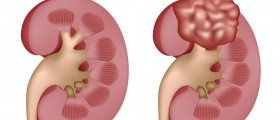




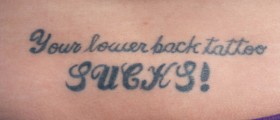

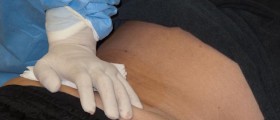



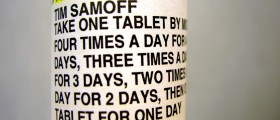
Your thoughts on this
Loading...